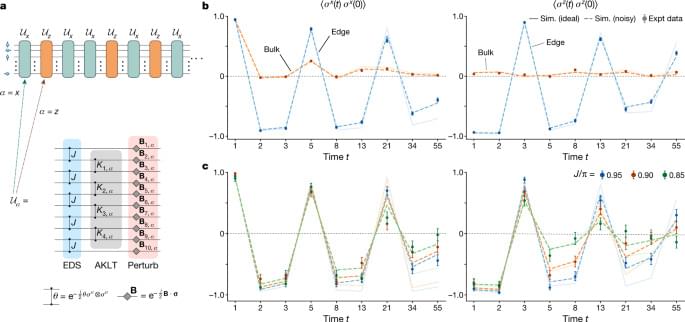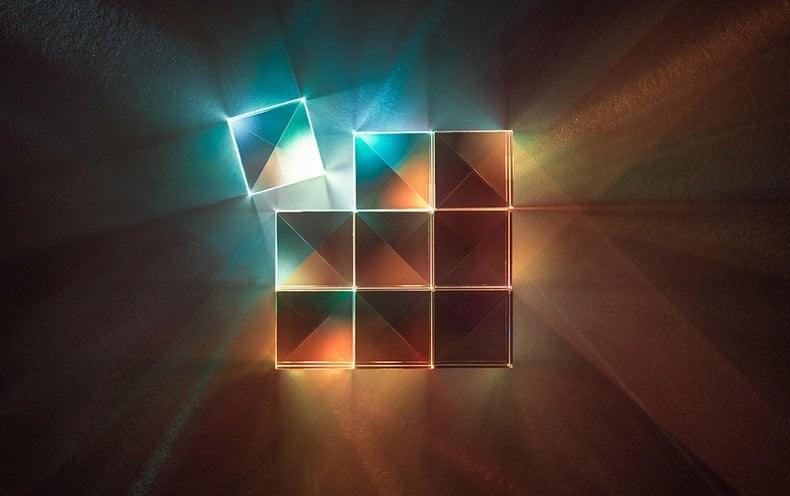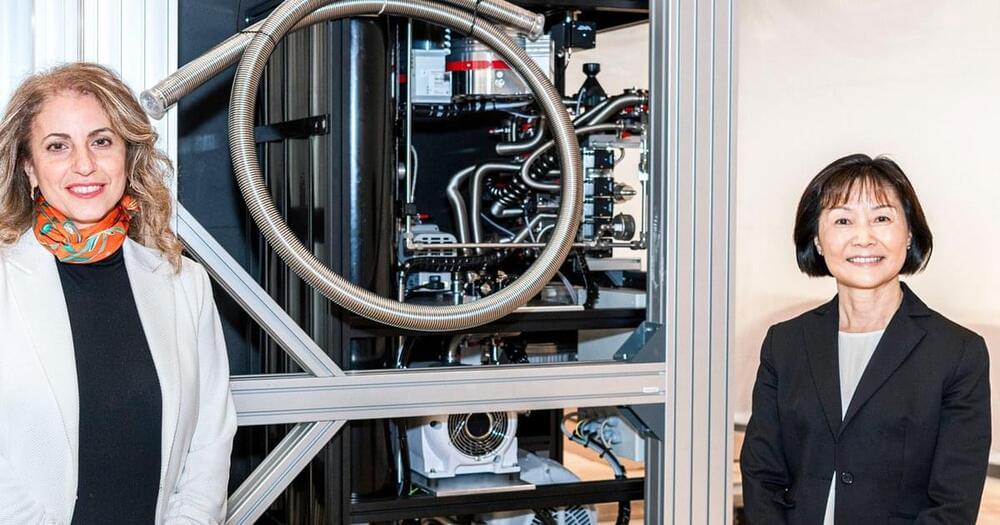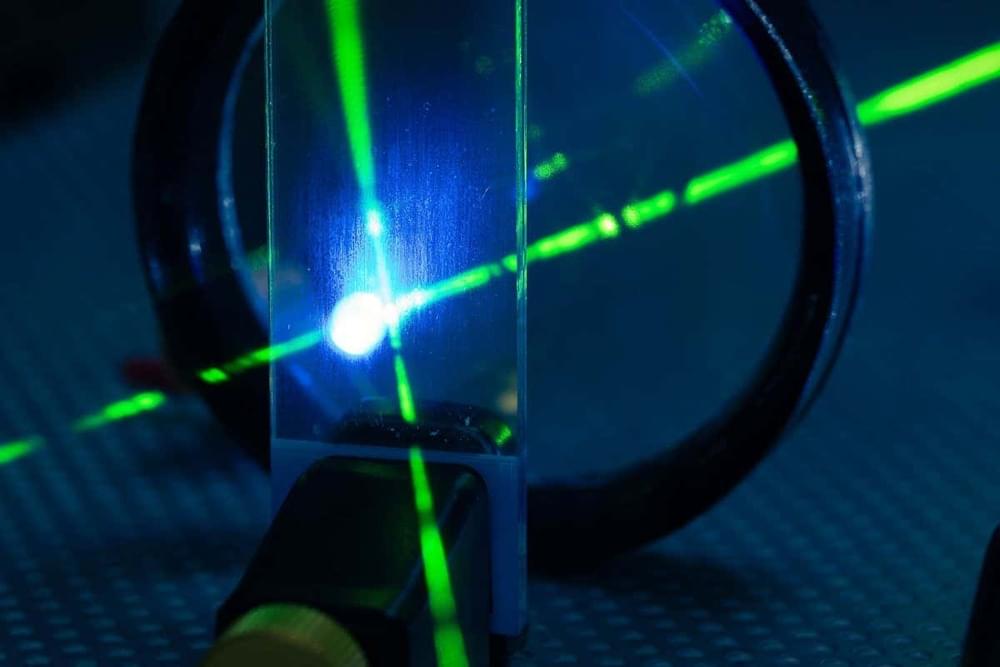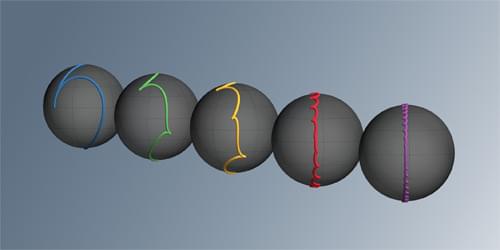A multiwavelength laser source known as a frequency comb provides a new technique for atom interferometry, potentially leading to new tests of fundamental physics.
In atom interferometry, researchers use the interference of quantum waves of matter, often for high-precision experiments testing fundamental physics principles. A research team has now demonstrated a new way to produce matter-wave interference by using a frequency-comb laser—a comb-like set of spectral lines at regularly spaced frequencies [1]. The comb allowed the team to generate interference in a cloud of cold atoms. The method might ultimately be used to investigate differences between matter and antimatter.
According to the weak equivalence principle, gravity must cause both matter and antimatter to fall at the same rate (see the graphical explanation, The Equivalence Principle under a MICROSCOPE). Deviations from this principle could point to explanations for the hitherto mysterious imbalance in the amounts of matter and antimatter in the Universe. Atom interferometry could provide a test of weak equivalence through precise measurements of the free fall of antihydrogen. So far, light-based control of atom interferometry has used continuous-wave (cw) lasers [2], which can’t easily be extended to the short wavelengths in the extreme ultraviolet (XUV) that are needed for such studies of antihydrogen.
